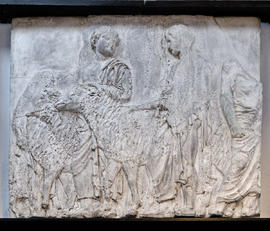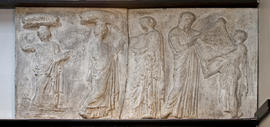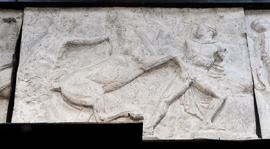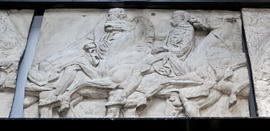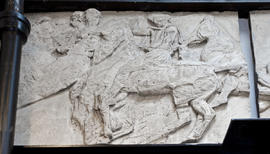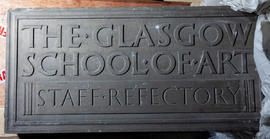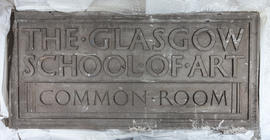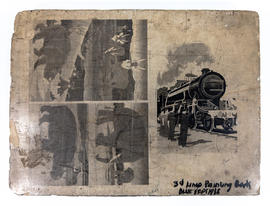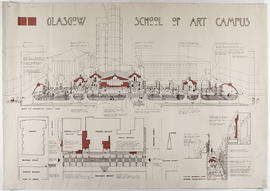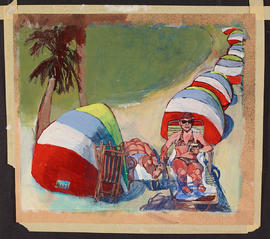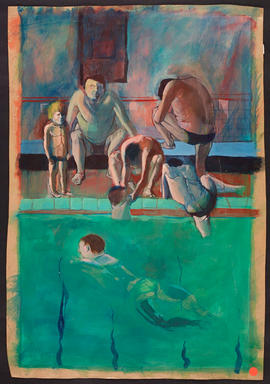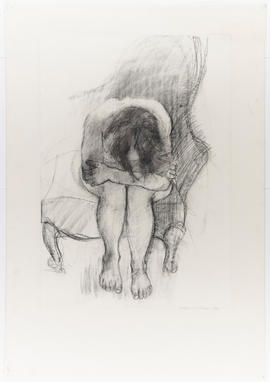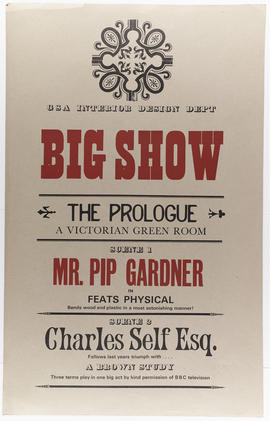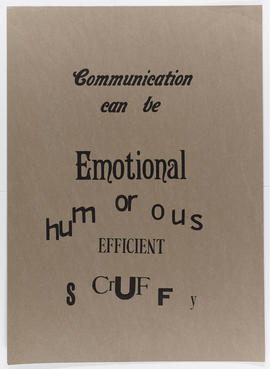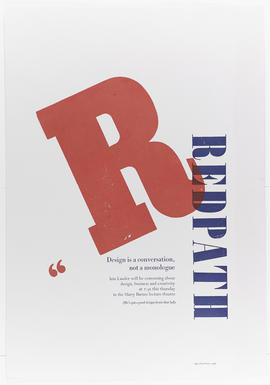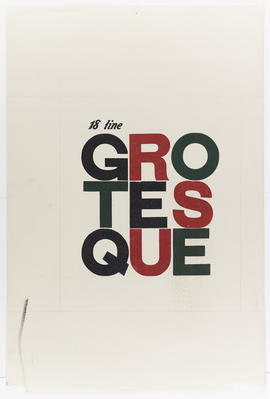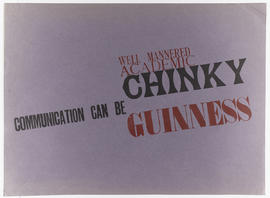Collection of plaster casts comprising human figures, architectural fragments, plaster friezes, plaster reliefs, marble reliefs, tondos and busts.
Casts were used as an important teaching aid by the School, from the late 19th century onwards. The casts are generally based on classical statuary and were originally sourced from Greek, Roman and later Italian and medieval periods. Whilst not totally unique (most art schools in the UK and across Europe owned their own collections, purchased from established suppliers in London, Paris etc.), their continued existence within their original setting gives them an added significance. Importantly, the Glasgow School of Art's photographic archive contains many period images of how these casts have been used by staff and students since they were first introduced.
The majority of GSA's plaster cast collection was located in the School's Mackintosh Building at the time of a fire in the building on 23rd May 2014. As a result the majority of the collection suffered damage, of varying degrees, and all casts were subsequently surveyed by a conservator. Six casts were lost in the fire and eleven larger casts have undergone remedial conservation in 2016-17. The majority of the remaining casts have undergone cleaning before being repositioned around GSA's campus during 2019.

